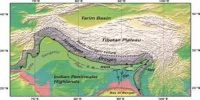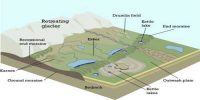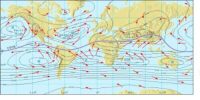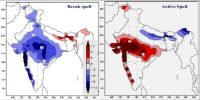Seasonal Wind
The pattern of wind circulation is modified in different seasons due to the shifting of regions of maximum heating, pressure and wind belts. The most pronounced effect of such a shift is noticed in the monsoons, especially over Southeast Asia. The other local deviations from the general circulation system are as follows.
- Local Winds
Differences in the heating and cooling of earth surfaces and the cycles those develop daily or annually can create several common, local, or regional winds.
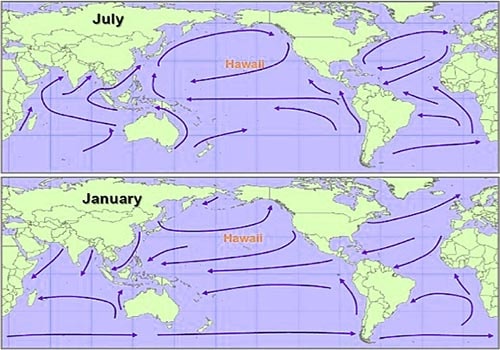
- Land and Sea Breezes
The land and sea absorb and transfer heat differently. During the day the land heats up faster and becomes warmer than the sea. Therefore, over the land, the air rises giving rise to a low-pressure area, whereas the sea is relatively cool and the pressure oversea is relatively high. Thus, pressure gradient from sea to land is created and the wind blows from the sea to the land as the sea breeze. In the night the reversal of condition takes place. The land loses heat faster and is cooler than the sea. The pressure gradient is from the land to the sea and hence land breeze results.
- Mountain and Valley Winds
In mountainous regions, during the day the slopes get heated up and air moves upslope and to fill the resulting gap the air from the valley blows up the valley. This wind is known as the valley breeze. During the night the slopes get cooled and the dense air descends into the valley as the mountain wind. The cool air, of the high plateaus and ice fields draining into the valley, is called katabatic wind.
Another type of warm wind occurs on the leeward side of the mountain ranges. The moisture in these winds, while crossing the mountain ranges condense and precipitate. When it descends down the leeward side of the slope the dry air gets warmed up by an adiabatic process. This dry air may melt the snow in a short time.
